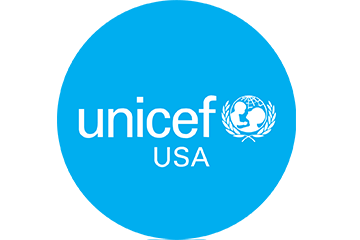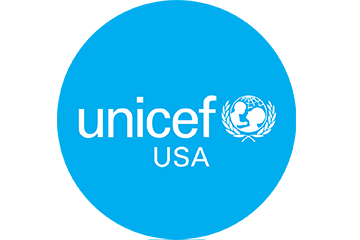NEW YORK (March 30, 2022) – As the COVID-19 pandemic enters its third year, 23 countries – home to around 405 million schoolchildren – are yet to fully open schools, with many schoolchildren at risk of dropping out, according to a new UNICEF reported released today.
Are children really learning? features country-level data on the impact of the COVID-19 pandemic and related school closures on children, as well as an updated analysis of the state of children’s learning before the pandemic. It points out that 147 million children missed more than half of their in-person schooling over the past 2 years. This amounts to 2 trillion hours of lost in-person learning globally.
“When children are not able to interact with their teachers and their peers directly, their learning suffers. When they are not able to interact with their teachers and peers at all, their learning loss may become permanent,” said Catherine Russell, UNICEF Executive Director. “This rising inequality in access to learning means that education risks becoming the greatest divider, not the greatest equalizer. When the world fails to educate its children, we all suffer.”
In addition to data on learning loss, the report points to emerging evidence that shows many children did not return to school when their classrooms reopened. Data from Liberia show 43 per cent of students in public schools did not return when schools reopened in December 2020. The number of out-of-school children in South Africa tripled from 250,000 to 750,000 between March 2020 and July 2021. In Uganda, around 1 in 10 schoolchildren did not report back to school in January 2022 after schools were closed for two years. In Malawi, the dropout rate among girls in secondary education increased by 48 per cent, from 6.4 per cent to 9.5 per cent between 2020 and 2021. In Kenya, a survey of 4,000 adolescents aged 10-19 years found that 16 per cent of girls and 8 per cent of boys did not return when schools reopened.
Out-of-school children are some of the most vulnerable and marginalized children in society. They are the least likely to be able to read, write or do basic math, and are cut off from the safety net that schools provide, which puts them at an increased risk of exploitation and a lifetime of poverty and deprivation.
The report highlights that while out-of-school children suffer the greatest loss, pre-pandemic data from 32 countries and territories show a desperately poor level of learning, a situation that has likely been exacerbated by the scale of learning lost to the pandemic. In the countries analysed, the current pace of learning is so slow that it would take seven years for most schoolchildren to learn foundational reading skills that should have been grasped in two years, and 11 years to learn foundational numeracy skills.
In many cases, there is no guarantee that schoolchildren learned the basics at all. In the 32 countries and territories examined, a quarter of Grade 8 schoolchildren – around 14 years old – did not have foundational reading skills and more than half did not have numeracy skills expected of a Grade 2 student, around 7 years old.
“Even before the pandemic, the most marginalized children were being left behind. As the pandemic enters its third year, we can’t afford to go back to “normal.” We need a new normal: getting children into classrooms, assessing where they are in their learning, providing them with the intensive support they need to recover what they’ve missed, and ensuring that teachers have the training and learning resources they need. The stakes are too high to do anything less,” said Russell.
###
Notes to editors:
Sources: UNESCO UIS, Uganda National Examination Board Study (2021)
Out-of-school children are defined as children of primary- and secondary school-age not enrolled in education. This is different from the schoolchildren whose schools remain partially or fully closed due to COVID-19 restrictions.
About UNICEF
The United Nations Children’s Fund (UNICEF) works in more than 190 countries and territories to pursue a more equitable world for every child. UNICEF has helped save more children’s lives than any other humanitarian organization, by providing health care and immunizations, safe water and sanitation, nutrition, education, emergency relief and more.
UNICEF USA advances the global mission of UNICEF by rallying the American public to support the world’s most vulnerable children. Together, we are working toward a world that upholds the rights of all children and helps every child thrive. For more information, visit www.unicefusa.org.
For more information please contact:
Mackenzie Dougherty, UNICEF USA, 212.922.2551, [email protected]





